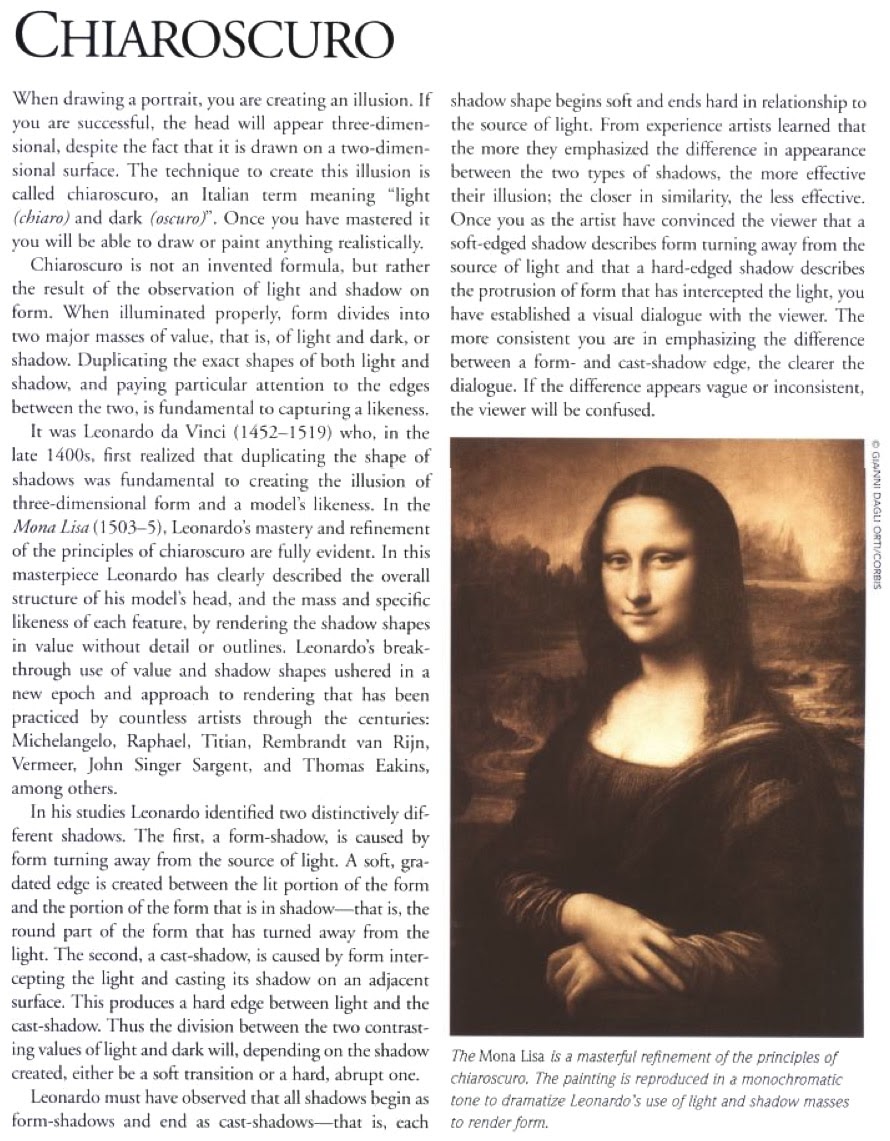I have been watching some BBC documentaries these days and doing a bit of reading on the history of art movements. So for all my art-loving friends, here is something to watch:
Leonardo Da Vinci - The Man Who Wanted to Know Everything Part 1
When I came here, I knew very little about the artists and the art history. I was only interested in knowing the techniques to draw and paint. And I am happy that this attitude has changed now. I am fascinated by the stories of old masters and have realized that knowing the history does reflect in the art one creates, even now when the tools and resources have changed. Our anatomy instructor said Leonardo was the greatest artist of all times. And I used to wonder why is it that he has very few paintings then? The documentary answers it all. He did play many other roles including that of an architect, mechanical engineer, inventor, poet, sculptor, and anatomical artist, scientist, studying the physics, geology, hydrodynamics, pyrotechnics, optics, name it and he has touched upon the subject in fifteenth century. I think it is very inspiring to know about his discoveries out of curiosity and free thinking, despite the limitations of his time.
He was the first one to show presence of 'air' with his Monalisa painting. He realized the atmosphere, air particles change the way we 'see' things that are at distance. And it is important to show atmospheric presence if one has to create the illusion that the person belongs in that environment and unites with the picture and is not just a cutout shape. Here in the class we do the same thing, push the area closer to the background to make it recede, by lowering the contrast, to create the depth and a sense of atmosphere. "Always Trust Leonardo" we are told. Also, before Monalisa, all the portraits were done in the profile view and were static. With this painting, he tried to capture the middle of the movement, disturbing the staticity. It was then followed by all the artists of his time and later. Even the photographers now do the same for portraits, disturb the staticity, reproducing one of his discoveries.
Here is a page on '
chiaro scuro' method for creating illusion of three dimensionality, from 'The Artist's Complete Guide to Drawing the Head'~ by William Maughan.
(screenshot from amazon)
There are many more documentaries if you like to watch(Below are some of the youtube links):
Rembrandt
Gustav Klimt
The Divine Michelangelo |
Michelangelo - Private life of a Masterpiece
Raphael
Vermeer - Private life of a Masterpiece |
Girl With A Pearl Earring (trailer)
The Great Artists Post Impressionism
Vincent Van Gogh: The Power of Art
Breughel - Private life of a Christmas Masterpiece
Édouard Manet - Private life of a Masterpiece
Caravaggio
Bernini
Degas


